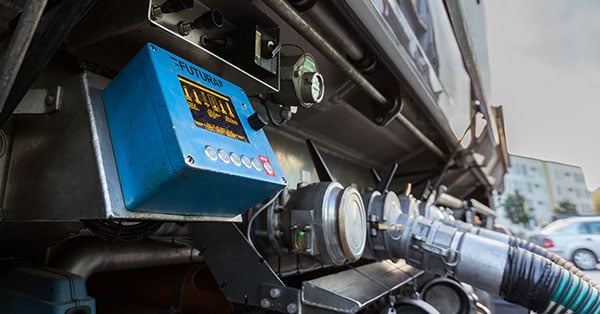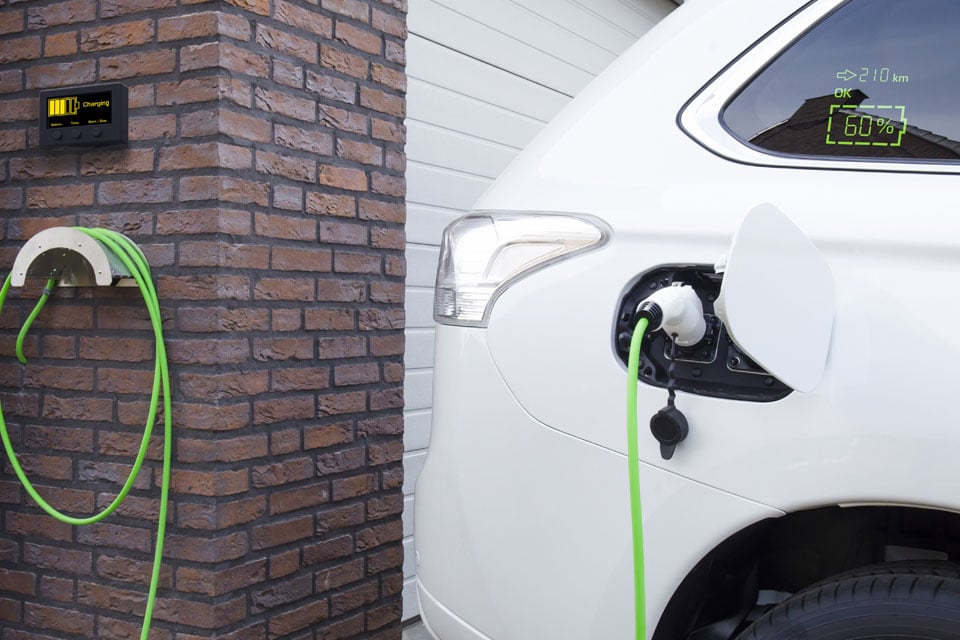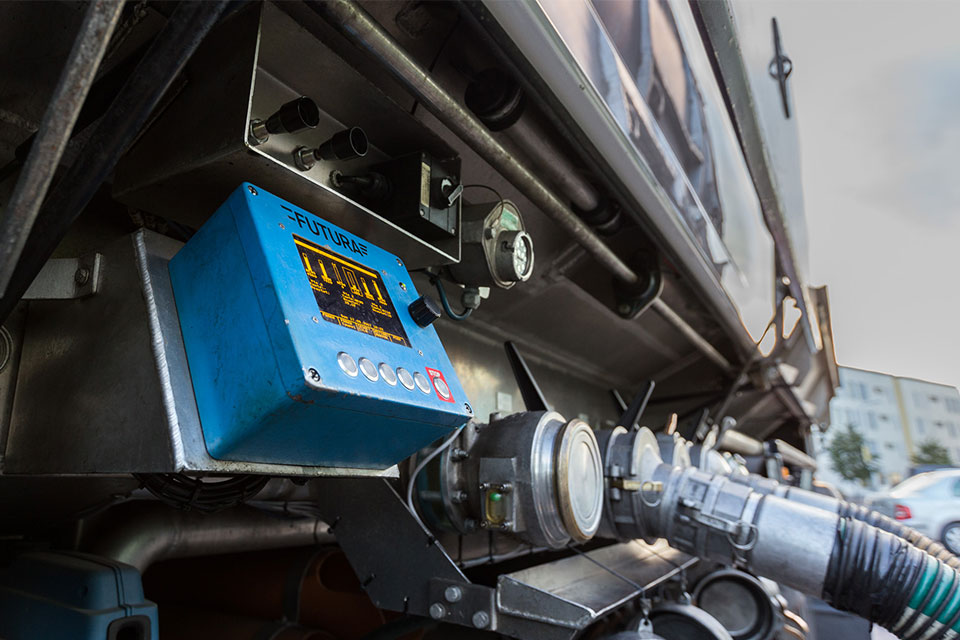Today we're talking to Joe Pimenoff, Head of Application Development at Beneq Lumineq® Displays, to get a better idea of the extreme conditions where Lumineq displays are used.
Lumineq displays for extreme conditions
Beneq Marketing: In the context of defense equipment, Lumineq displays are reputed to be especially suitable for extreme conditions. What exactly are “extreme conditions”?
Joe: When I present Lumineq displays, I actually stress two areas of excellence that our displays fulfill: extreme operating conditions and extreme functional properties.
Extreme operating conditions imply the environment and the characteristics of the environment that the display is subjected to in use. This means temperature, humidity, vibration, shock and altitude. Lumineq displays are solid-state and rock solid in build, hence they show little or no sensitivity whatsoever to humidity, vibration and shock.
However, it's usually, the operational temperature range of our displays that impresses our customers the most. Many of our displays are used in temperatures as low as −60 °C (−76 °F) and as high as 105 °C (+221 °F), and with no adverse effect on the display operation. The display has a 1 millisecond (ms) response time, regardless of temperature.
Temperature test: Lumineq vs LCD at −40 °C / °F.
A Lumineq matrix display (left) and an industrial grade
cold-use LCD matrix display (right) in a climatic chamber.
In the temperature test that we carried out (picture above), a Lumineq matrix display and an industrial grade cold-use LCD matrix display were fed a number sequence, where the digits changed 7 times per second. The Lumineq display showed each number clearly, but the LCD display was sluggish and unable to give a legible read-out.
Extreme functional properties are related to how a display performs as a source of information, i.e., how well it conveys information to the viewer. A common term that describes some of the functional properties is readability. Readability is affected by display brightness and contrast, ambient lighting conditions, and the viewing angle.
Under the above mentioned criteria, and due to the self-emitting nature of our electroluminescent display technology, the readability of Lumineq displays is regarded as excellent. This is mainly due to the high level of contrast (black is jet-black) and wide viewing angle (literally 180 °). High brightness versions of both segment and matrix displays are fully readable in direct sunlight.
Long-term functional properties include durability and stability. Lumineq displays habitually last more than ten years in continuous use. After 100,000 hours (approx. 12 years) of 24/7 operation, the display still exhibits 85% of its original brightness!
Our product long-term availability means that a certain display model will be available as form, fit and function replacements ten or even twenty years from now. We serve many business areas that require a minimum critical component availability of ten years or more - some of our models have been in production for the past 25 years!
Beneq Marketing: Okay, with that kind of properties, what kind of applications do you supply displays to?
Joe: At any defense-related expo, chances are you will find end-products with our displays inside. Typical applications include all sorts of ground vehicles, aircraft, mobile and stationary communications devices, ground support equipment and thereto-related accessories.
Ground utility vehicles are especially well represented in our list of references, defense as well as civilian. We supply displays for mission-critical visual information interfaces for vehicle commanders, drivers, gunners and other operators. The detailed application naturally depends on the type of vehicle: armored transport vehicles, tanks, self-propelled howitzers or mortars, all of which we serve.
 A petroleum transport vehicle with a Lumineq display on the outside
A petroleum transport vehicle with a Lumineq display on the outside
Certain civilian applications offer extreme conditions and challenges for the choice of display. Vehicles for petroleum transport, pictured above, which are all-season mobile suppliers of petrol and other fuels to gas stations, aircraft on the ground, dwellings with oil heating etc., are required to operate regardless of weather and temperature. They also demand that all equipment is certified for use in hazardous areas.
In aviation, we have found specific applications in both aircraft and avionics. One impressive application is a maintenance display that is mounted behind a service hatch on the outer fuselage of a fighter jet. This display can be at +60 °C on the airfield tarmac at one moment, and five minutes later at −60 °C at 30,000 feet! In addition to the pressure gradients, vibration and g-forces, that is. This is the type of application that makes me proud to be working with the presumably most rugged displays in the world.
Beneq Marketing: With these impressive display applications and references already out there, what novel ideas are you working on at present? What kind of new applications can we expect to see in the field?
Joe: We are naturally constantly improving our products. Lately, we've been updating the interfaces of our existing products to better suit the modern integrated systems of our customers' products. A key word today in real-time distributed control in vehicles is fieldbus, and we want to accommodate this need by offering solutions to our customers.
Also, and certainly the most important development work, we're introducing the most transparent displays in the world, both for stand-alone applications and as displays laminated into the windscreen of a vehicle.
We are working with glazing experts, laminators, vehicle manufacturers and system integrators, and the results are very promising! At two expos alone last year, we had in-glass laminated display demos on show at seven customers’ stands. We are on the verge of a massive roll-out of products and are very excited for the rapid development we have achieved together with our customers.
 Vehicle side window displays are excellent examples of how our
Vehicle side window displays are excellent examples of how our
in-glass laminated displays can be used
A Lumineq transparent display can be laminated between two sheets of glass, which means it can be integrated into the glazing of a vehicle window. This application enables a whole new type of head-up displays (HUD). We are currently working with vessel and vehicle manufacturers to enable information flow inside windows, this means that important data can be viewed in the line of sight, thus increasing situational awareness and improving function and safety.
Beneq Marketing: Thank you, Joe, for taking the time once again to explain in more detail what extreme conditions for displays really are!
